- Home
- Lilavati Lalbhai Library, CEPT University, Ahmedabad
Lilavati Lalbhai Library, CEPT University, Ahmedabad

Delhi Modern: The Architecture of Independent India seen through the eyes of Madan Mahatta
13 February 2020 - 28 February 2020
Madan Mahatta (1932–2014), a Kashmir-born lensman settled in New Delhi, took his family empire in commercial photography to an unexpected direction: documenting the modernizing architecture of the city, capturing the euphoria and confidence of the new-born nation. India after Independence, under the first prime minister Jawaharlal Nehru was embarking on a massive building project in the new capital, which was in dire need of new infrastructure, and was building institutions for the new nation – for the arts, sciences, agriculture, education, the press and other institutions of governance. Madan Mahatta was one of the only photographers to get professional training abroad, as most in India had apprenticed with older photographers or in studios. The timing of his return and the fact that he started photographing architecture seriously was fortuitous. His photographs are classic architectural photographs, most without people. He worked with the architects to understand the changing light and also to understand the spaces they had created. Yet he brought his own photographic understanding to his pictures - often shooting space at a diagonal and including foreground details to show spatial depth, making a graphically complex image - which conveyed the intention of the architect.
Within the long span of decades, following the tides of the Nehruvian era, Madan diligently recorded Delhi’s changing face of built environments and iconic constructions, thereby creating a rare archive of India’s post-colonial modernity. Almost exclusively shot in black and white, this series of photographs brought out the stark contrasts and nuanced gradations between architectural labour and spectacle, dusty processes and refined elevations. Mahatta’s close association with numerous renowned architects including Charles Correa, AP Kanvinde, Kuldip Singh, Habib Rahman and Raj Rewal, partaking in historical projects like the Hall of Nations and the Asian Games Village, narrates one of the most eventful and exciting episodes of India’s modernism.
Other Exhibitions
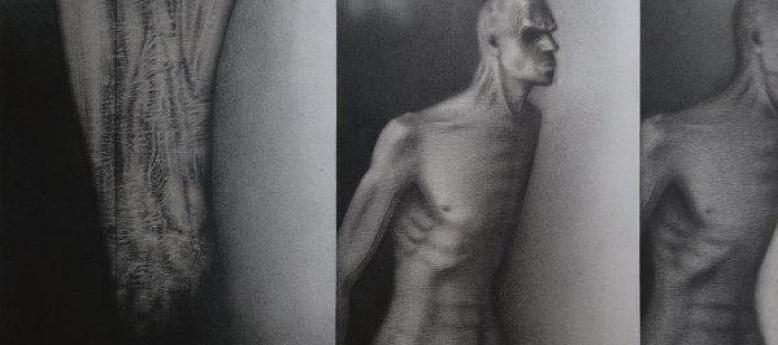
visions of interiority: interrogating the male body - A RETROSPECTIVE (1963-2013)
14 October 2014 - 1 March 2015

You can’t Keep Acid in a Paper Bag - A RETROSPECTIVE (1969 - 2014) in three chapters
26 September 2014 - 21 December 2014

A view to infinity - A Retrospective (1937-1990) Part of Difficult Loves
31 January 2013 - 8 December 2013

the dark loam: between memory and membrane - A RETROSPECTIVE (1930-2016)
24 August 2016 - 20 December 2016

The euphoria of being Himmat Shah A continuing journey across six decades
30 October 2017 - 15 December 2017

VIVAN SUNDARAM, A RETROSPECTIVE: FIFTY YEARS STEP INSIDE AND YOU ARE NO LONGER A STRANGER
9 February 2018 - 20 July 2018
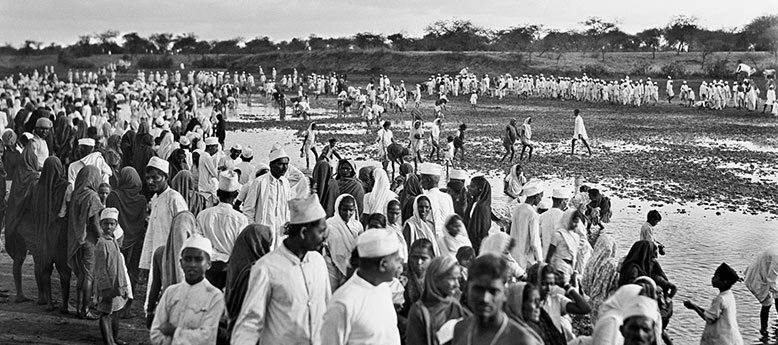
Envisioning Asia, Gandhi and Mao in the photographs of Walter Bosshard
1 October 2018 - 31 October 2018

Kiran Nadar Museum of Art presents इस घट अंतर बाग-बगीचे | Haku Shah 1934-2019 Within this earthen vessel are bowers and groves
10 December 2019 - 8 January 2020

Right to laziness... no, strike that! Sidewalking with the man saying sorry
30 January 2020 - 10 April 2021
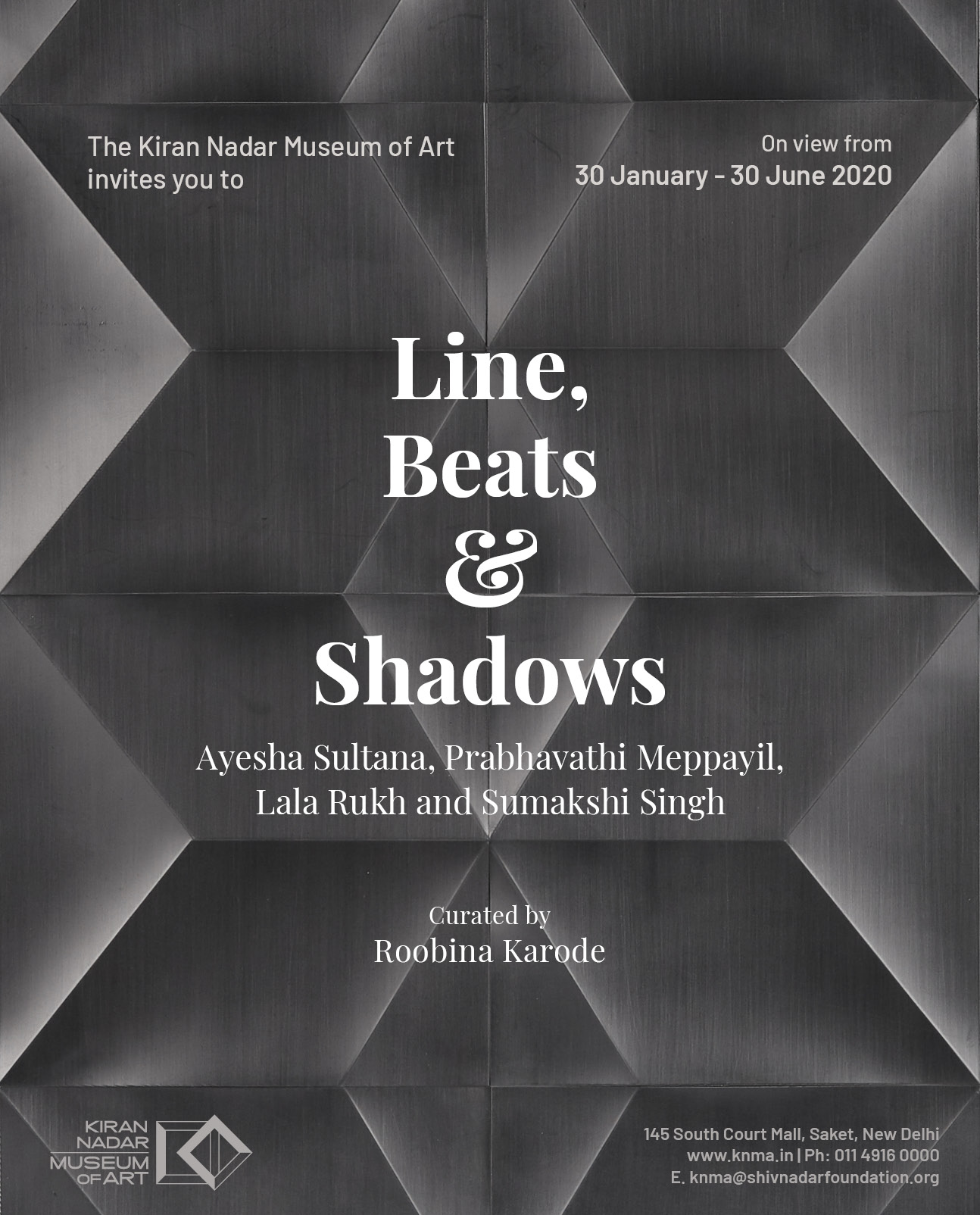
Line, beats and shadows – Ayesha Sultana, Prabhavathi Meppayil, Lala Rukh and Sumakshi Singh
30 January 2020 - 10 April 2021

Delhi Modern: The Architecture of Independent India seen through the eyes of Madan Mahatta
13 February 2020 - 28 February 2020

Around The Table : Conversations about Milestones, Memories, Mappings
5 November 2022 - 22 December 2022

Prussian Blue: A Serendipitous Colour that Altered the Trajectory of Art
19 September 2023 - 20 December 2023


_0.jpg)
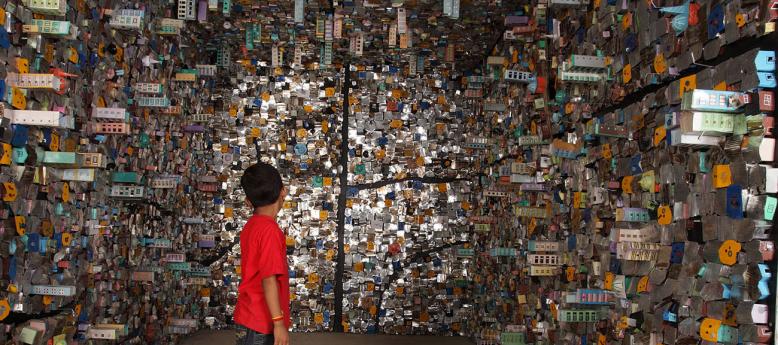


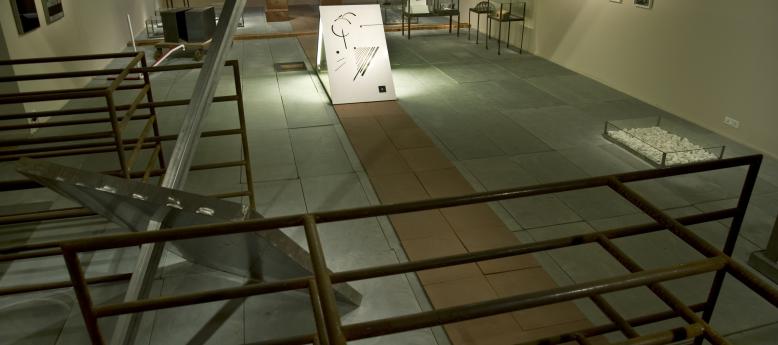
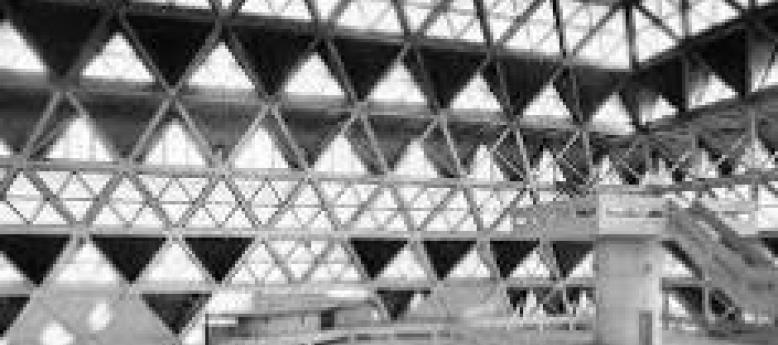


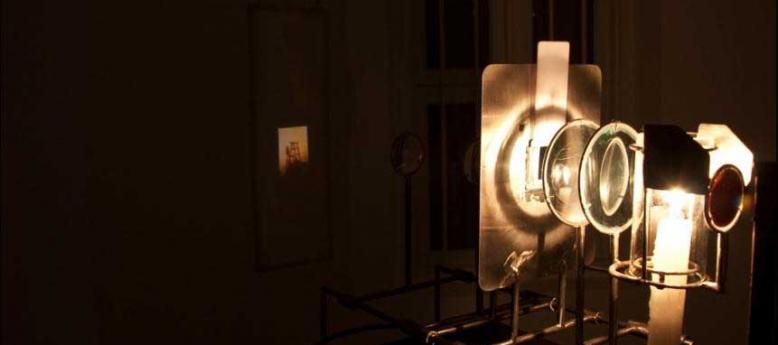



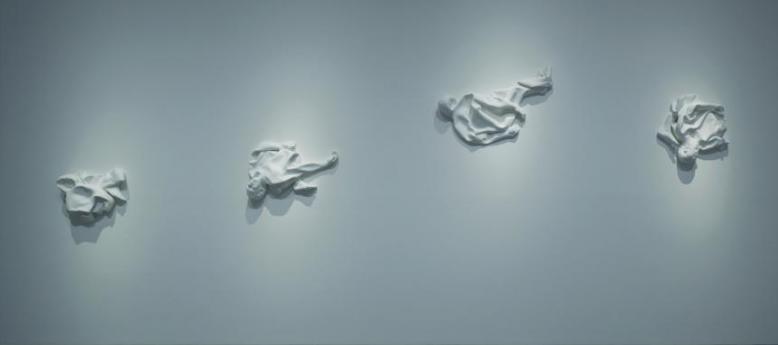



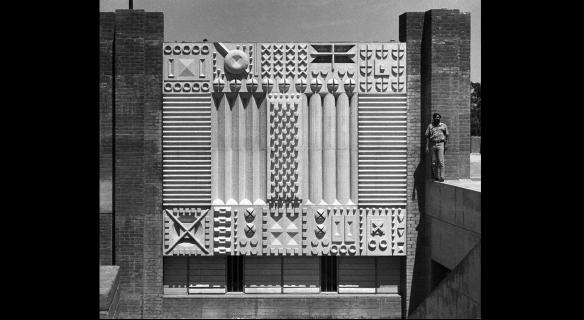






.jpg)







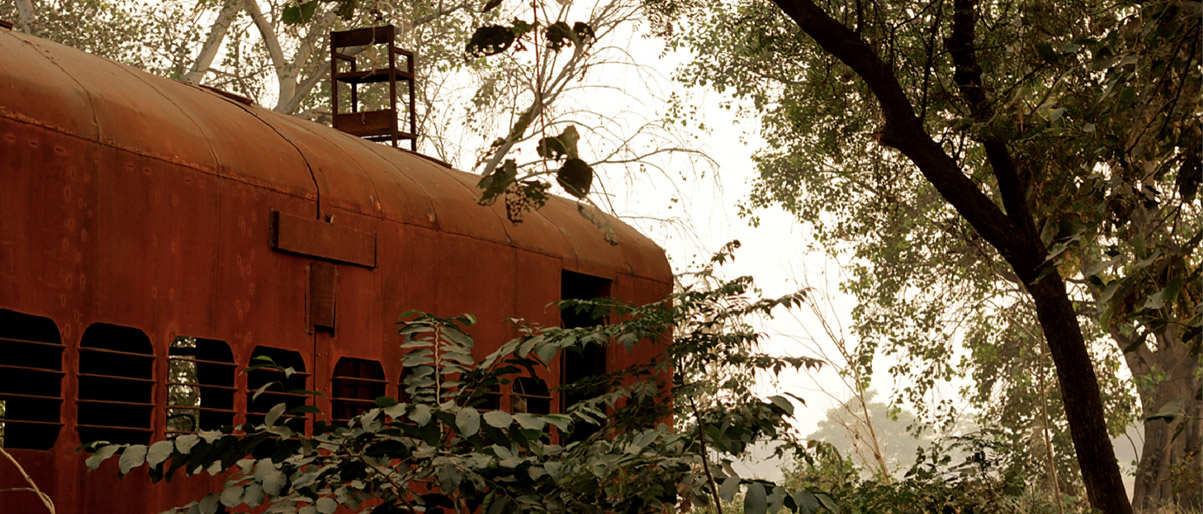
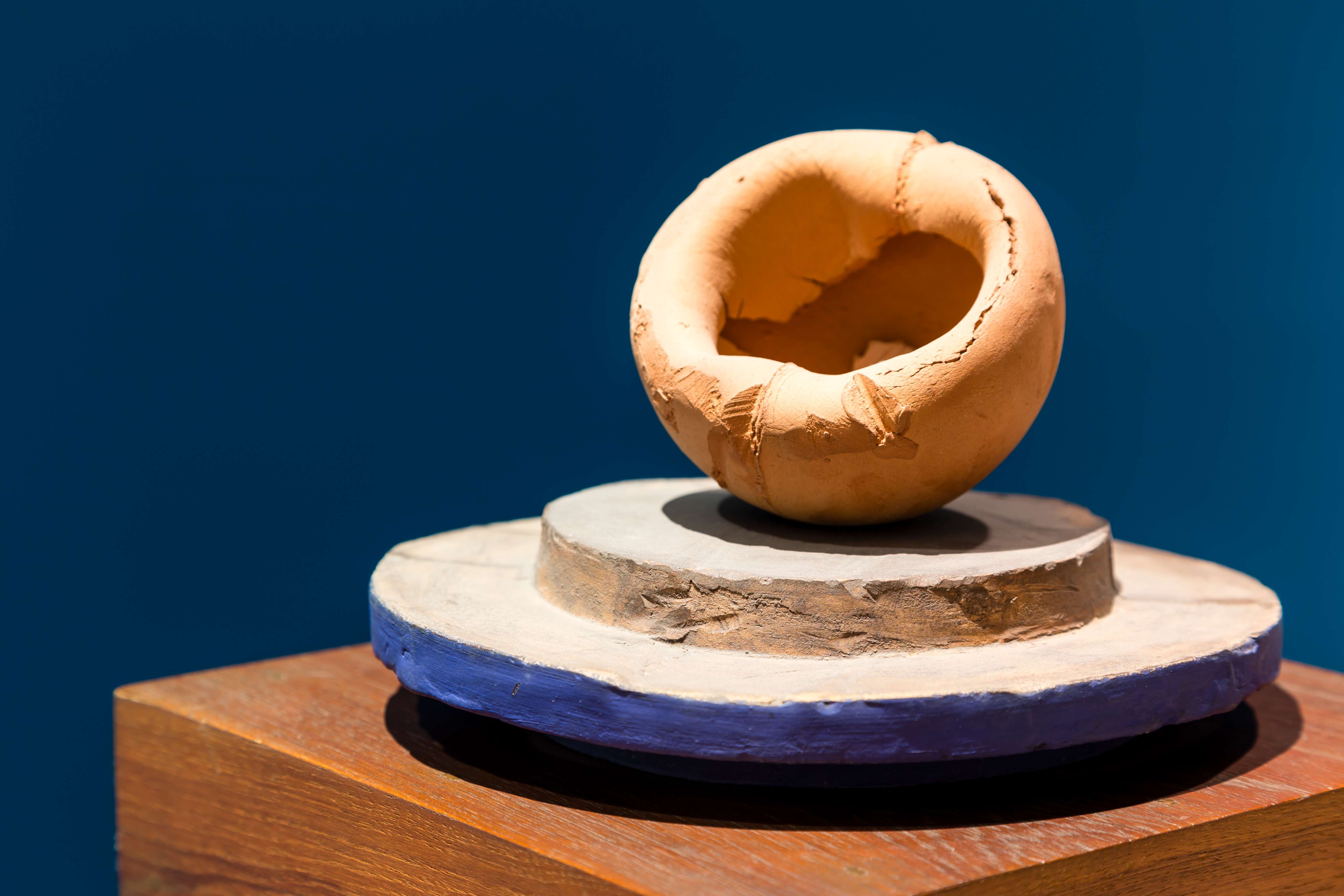

.jpg)




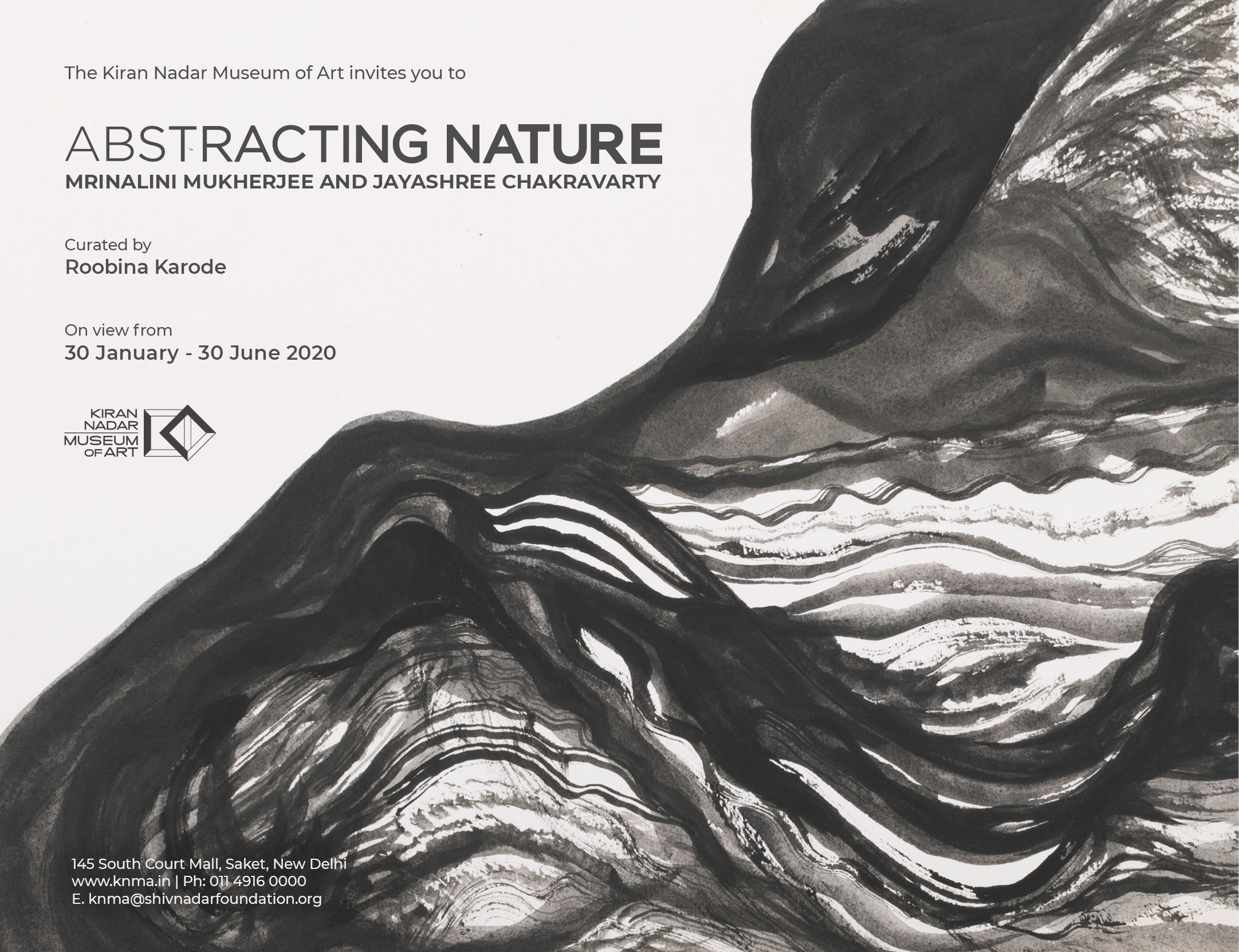
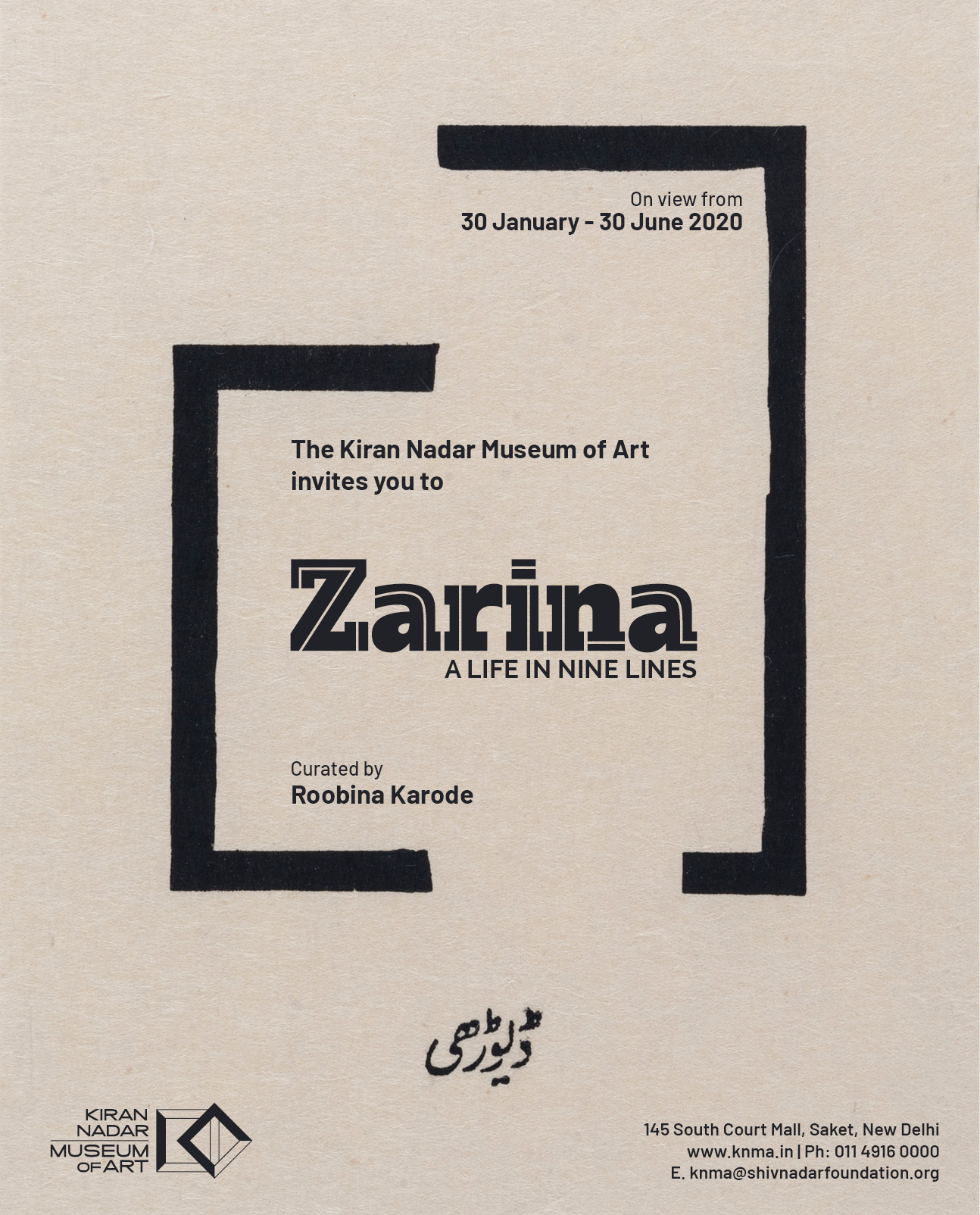






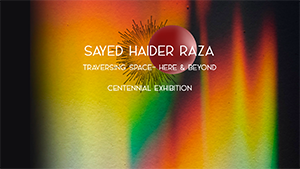

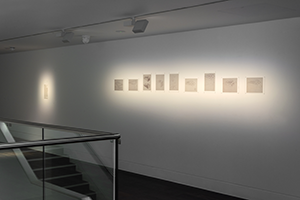
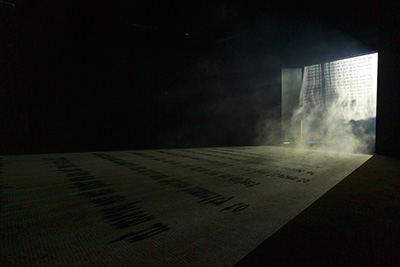
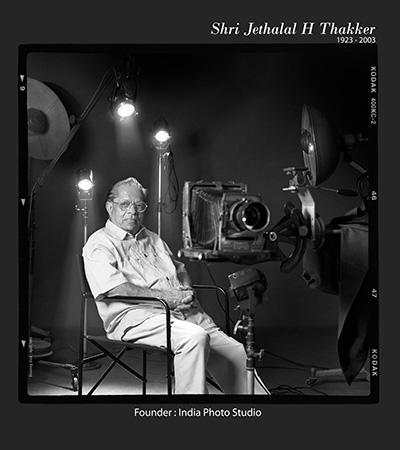
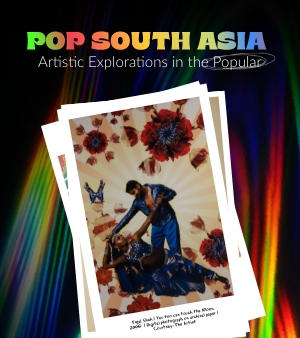



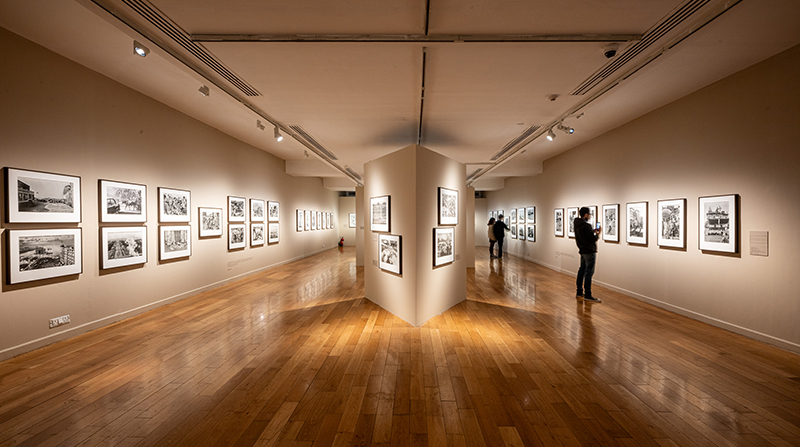
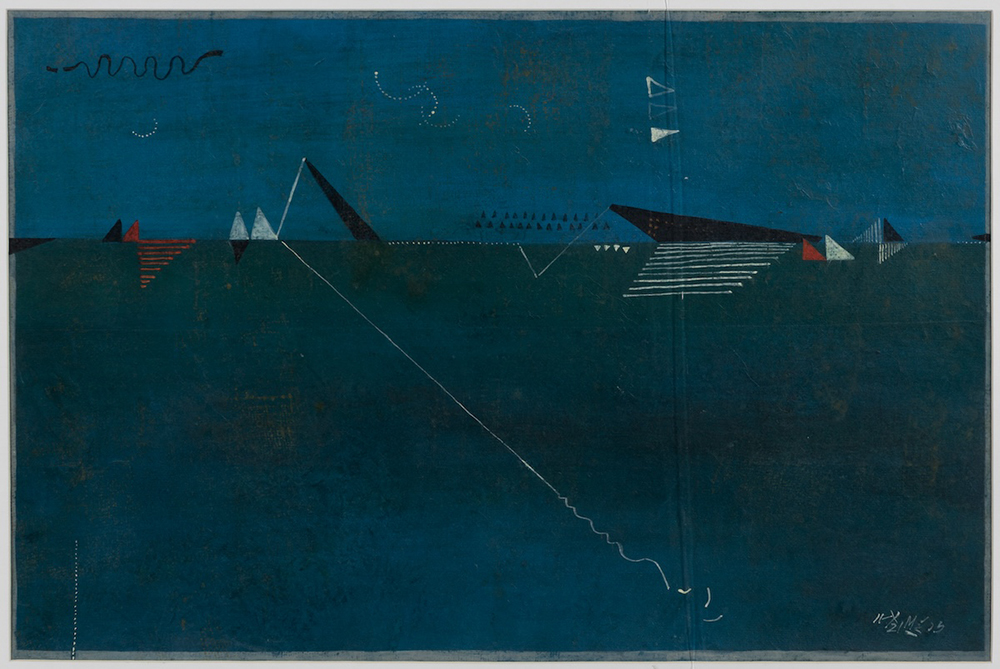

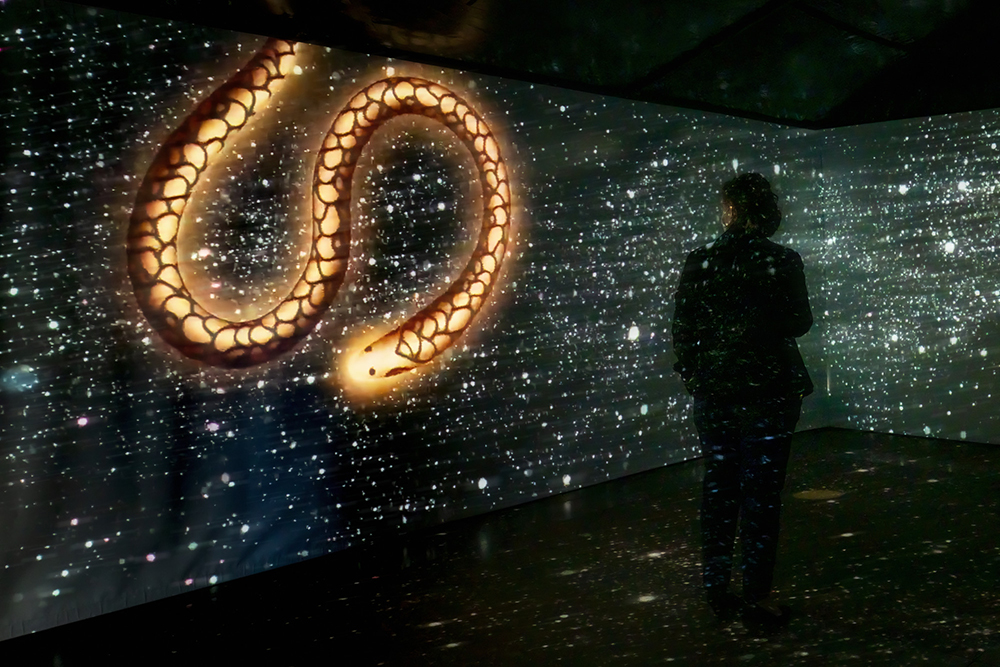
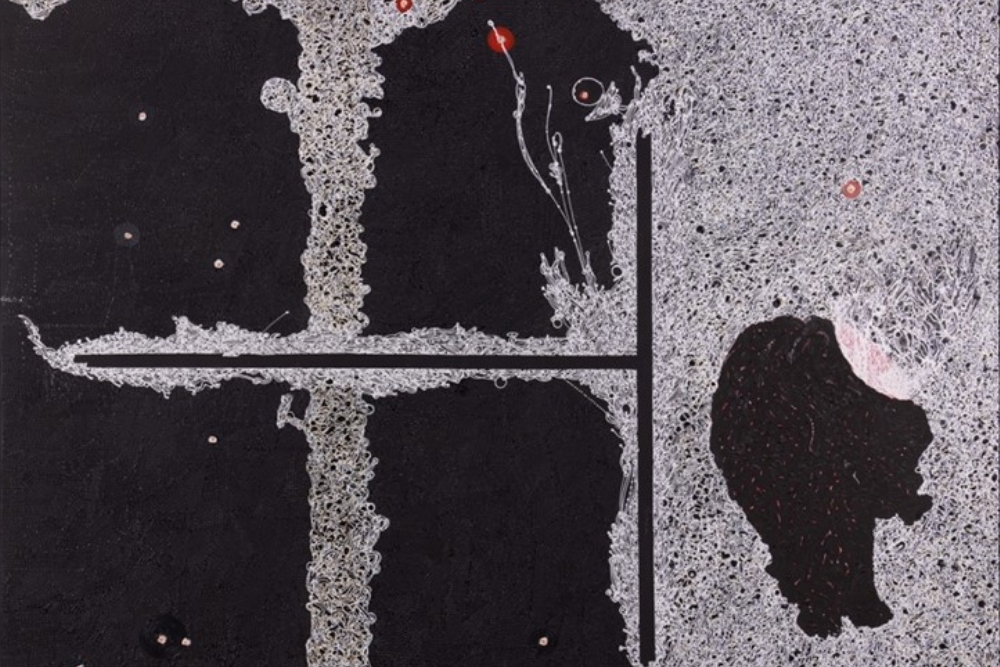
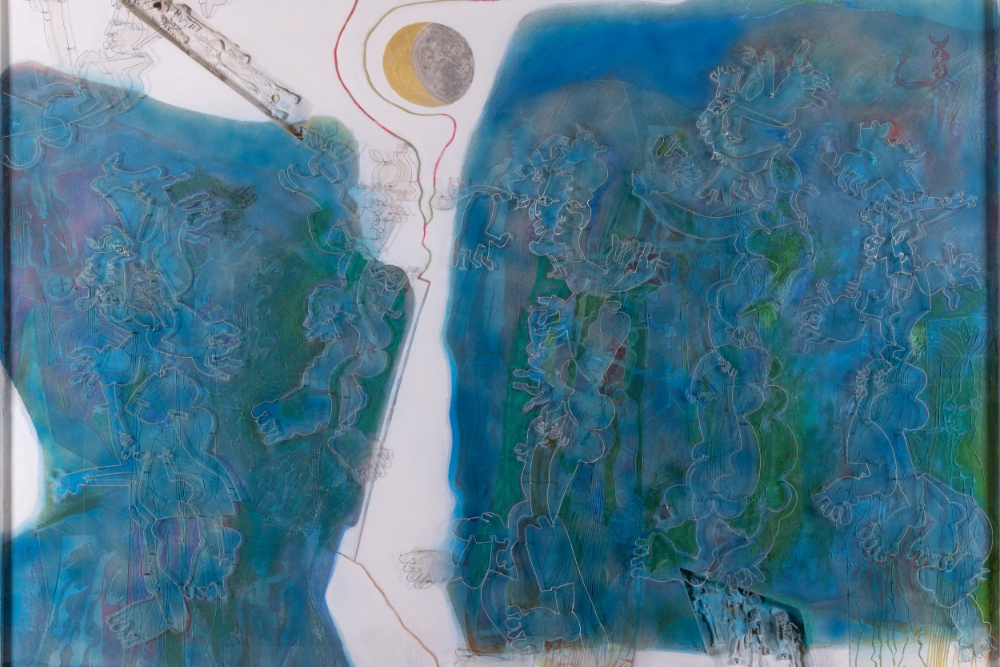
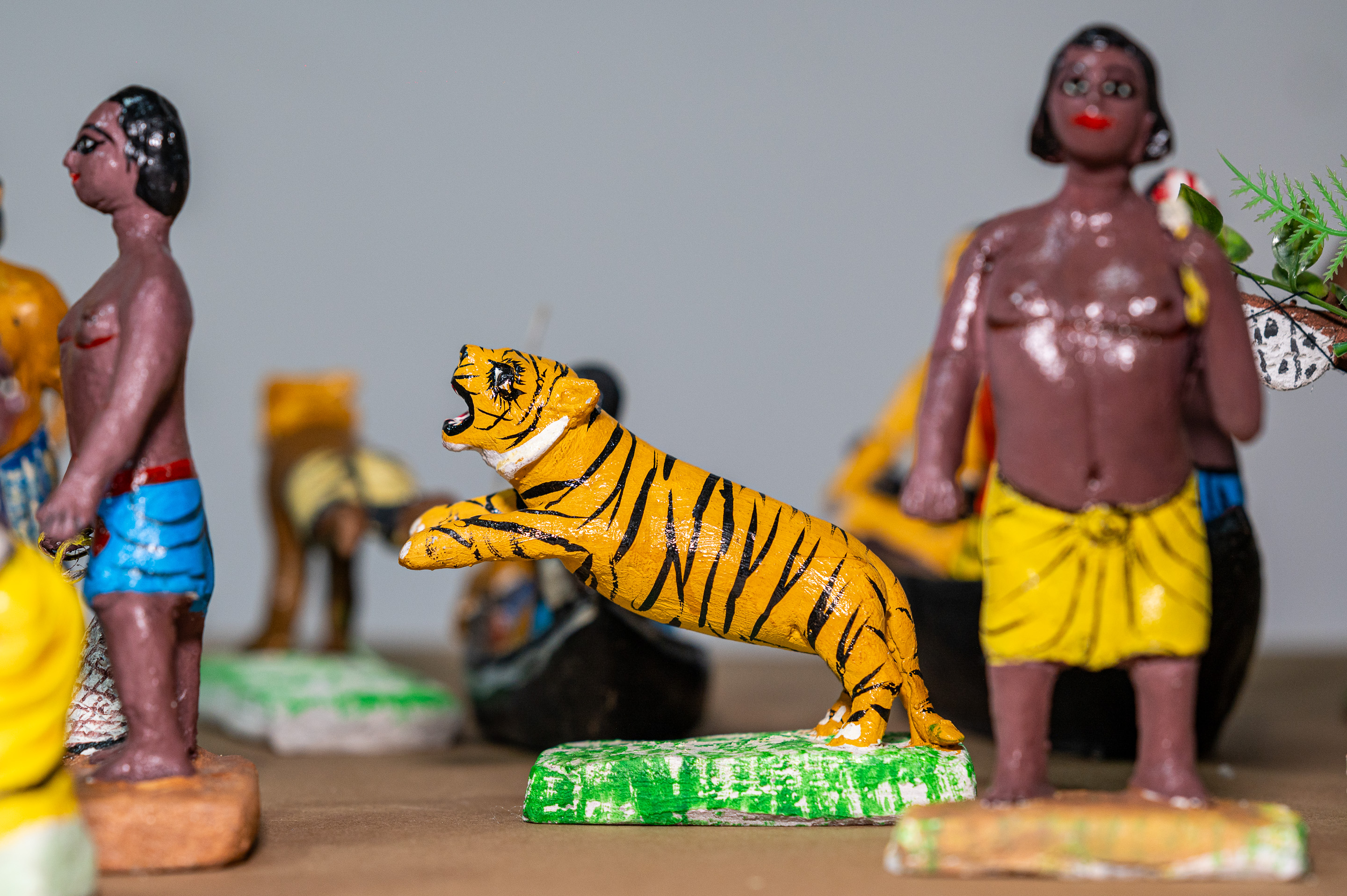



.png)


